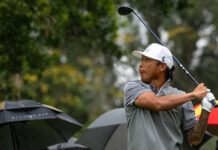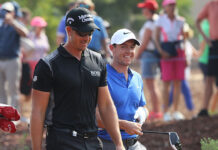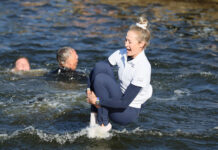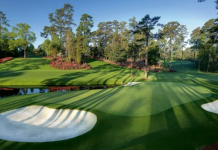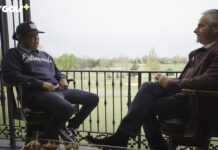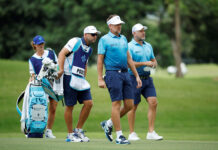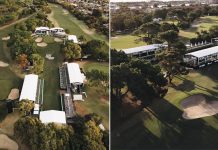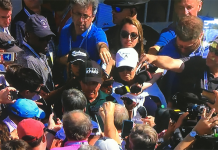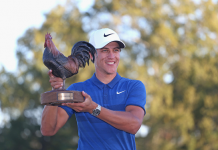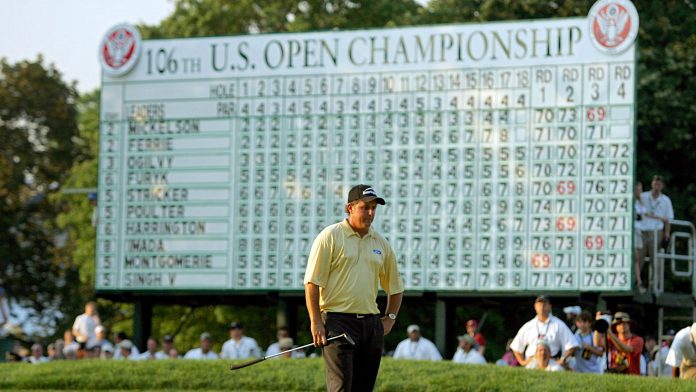
This story originally appeared in 2016. The first sentence was updated to relate to current U.S. Open.
The last time the U.S. Open was contested at Shinnecock Hills, Retief Goosen won with a 4-under par score, but the South African’s score was one of only two in the red that week.
As tough as it was, it was far from the only time that a remorseless U.S. Open track enveloped an entire field of elite golfers.
Here’s a look at some of the more memorable ones:
1. MYOPIA HUNT CLUB (1898, 1901, and 1908)
Winning Scores: 328 Fred Herd, 331 Willie Anderson, 322 Fred McLeod, respectively
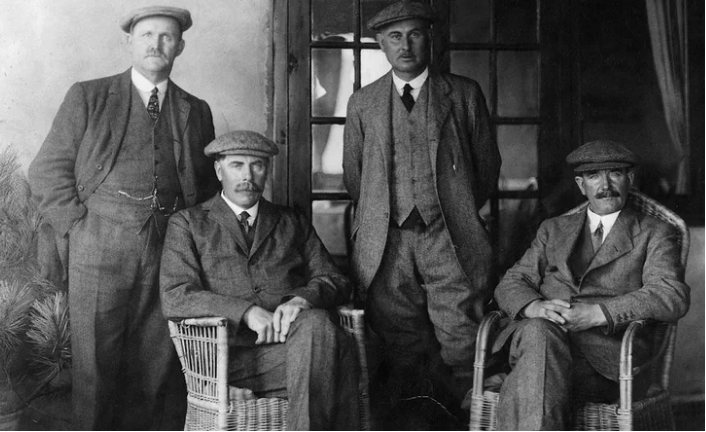
I’m grouping these three U.S. Opens together because golf was such a different game back then. Pars had not even existed yet. While it is impossible to compare those tournaments to more recent ones, there were some interesting stories that should be recognized.
The Myopia Hunt Club was a originally nine-hole course, and to get to 72 holes, the golfers had to play each nine eight times. In the 1898 edition, the only U.S. Open at Myopia before the expansion to 18 holes, winning golfer Fred Herd shot three rounds in the 80s and still won. The 1901 version had to be spread out over five days to accommodate member play.
The players in the 1908 U.S. Open had to deal with high winds in addition to the normal course difficulties, which showed as nobody carded a round of less than 77 the entire tournament. Professional golf was in its nascency, and man had yet to tame it.
2. THE COUNTRY CLUB (1963)
Winning Score: Julius Boros +9 (293)

Before he became the oldest to ever win a major, Julius Boros was the survivor at the end of 1963’s U.S. Open carnage. One stat from this tournament that shows how just how tough it was: Jack Nicklaus missed the cut at +11, and this event was in the early part of the Golden Age of the Golden Bear.
The winds at the Boston area course wrecked havoc during the entire tournament, with gusts reaching upwards of 50mph! A combination of the wind, deep rough, and small greens made 1963 one that most of its participants would like to forget.
3. WINGED FOOT (1974)
Winning Score: Hale Irwin +7 (287)
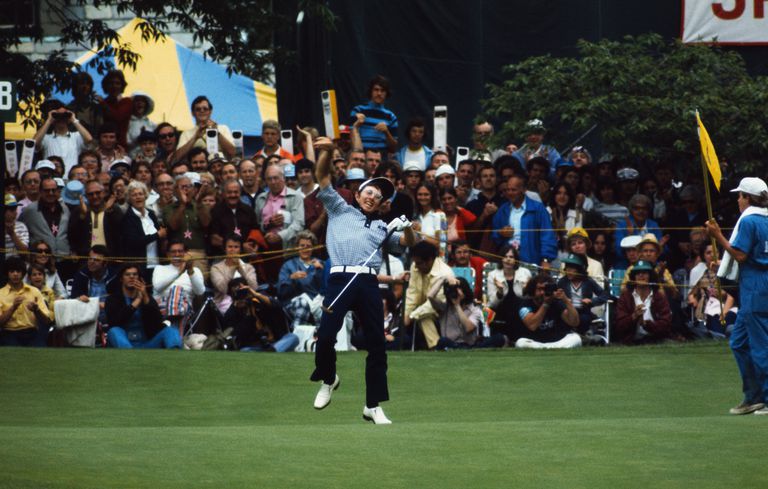
The 1974 U.S. Open was such a disaster for the players that it became known as “The Massacre at Winged Foot.” A combination of treacherous conditions and alleged overcompensation of the course set-up in the aftermath of Johnny Miller’s famous round of 63 the year prior, produced a tournament unlike like one that had never been seen before.
The rough was nearly unplayable; well-over six inches in many spots. Miller exclaimed that it was impossible to hit out of it with anything other than a wedge. Any drive not hit into the fairway was almost guaranteed to lead to lost strokes.
4. PEBBLE BEACH (2000)
Winning Score: Tiger Woods -12 (272) | Best score among players not named Tiger: +3 (287)
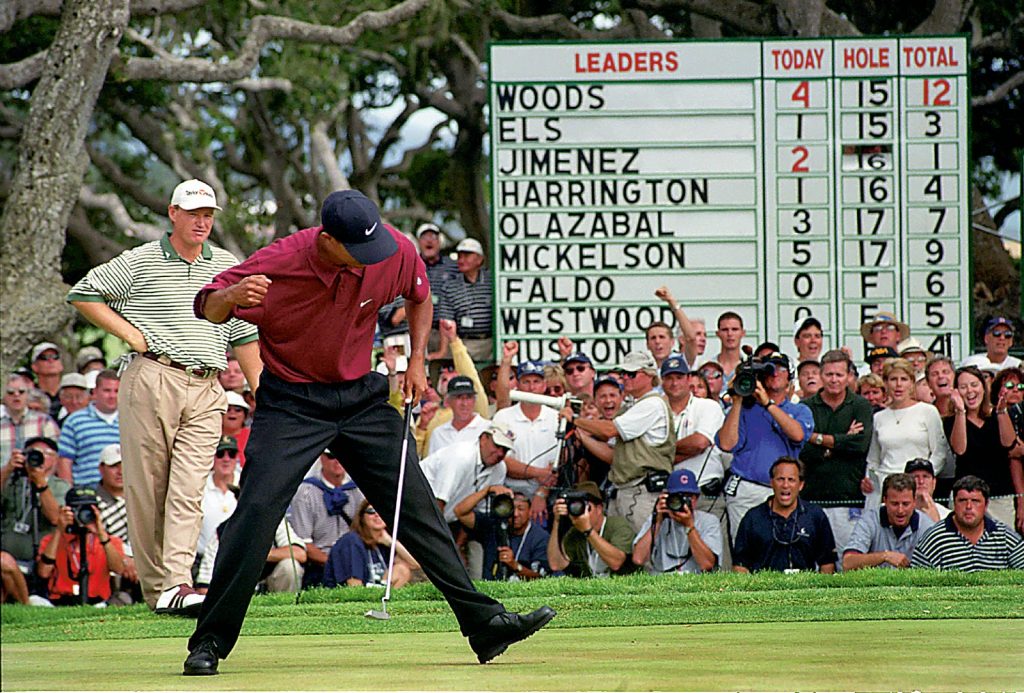
I cannot hold it against Pebble Beach for getting mauled by Tiger in 2000. He was Ali/Ruth/Gretzky all rolled into one at that point in his career. Ripping Pebble Beach for Tiger’s score would be like criticizing Barry Sanders for never winning a ring with the Lions. The Detroit Lions franchise is an unstoppable vortex of losing. Just like Pebble, Barry never had a chance.
Nobody else was able to figure out how to keep their balls on line on the frustratingly brutal, much criticized poa annua greens, and as a result, the best non-Tiger score was the +3 posted by Ernie Els and Miguel Angel Jimenez.
Ryan Moore once said that Pebble’s greens under the old setup required shots that he “can’t physically do”, which did not seem to bring about much disagreement.
5. WINGED FOOT (2006)
Winning Score: Geoff Ogilvy +5 (285)
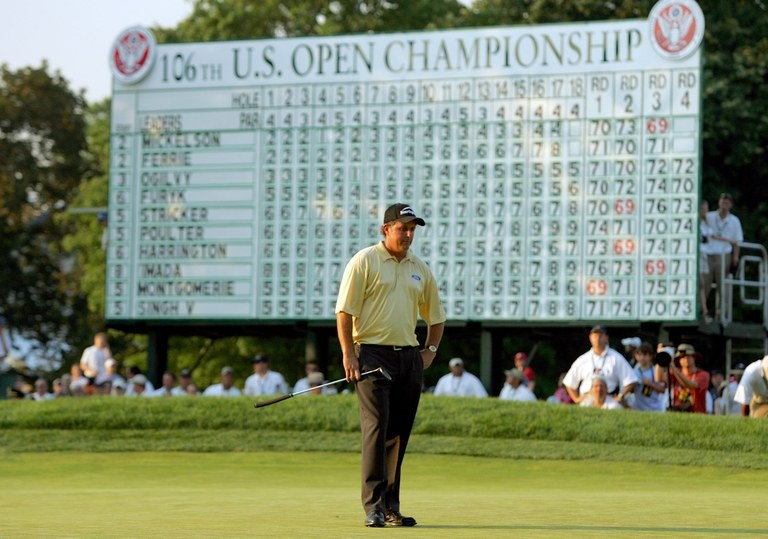
The Massacre was not the only time that Winged Foot played unbelievably difficult. 2006 was one of those special tournaments that is remembered less for what the winner was able to do, and much more for how others lost it. This was the year that Phil Mickelson stood on the 18th tee box with a one-stroke lead, and double bogeyed.
Mickelson’s collapse occurred immediately after Colin Montgomerie had three-putted the same hole for a double bogey of his own, and Jim Furyk missed a short putt that would have forced a playoff.
The difficulties of Mickelson, Montgomerie, and Furyk on 18 can be largely imputed on major championship pressure, but their sky-high final scores, and the troubles of the rest of the field showcased just how tough Winged Foot played.


